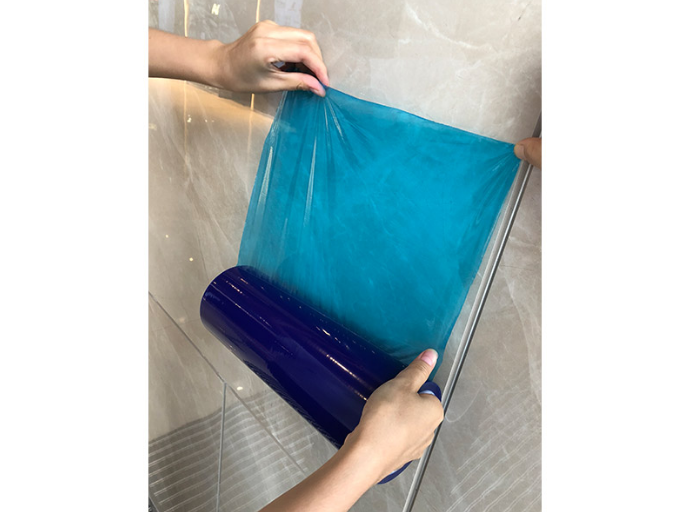The Business Guide to Protective Film: Industry Benefits and Applications
The Business Guide to Protective Film: Industry Benefits and Applications
A protective film, often referred to as surface protection film, is a vital asset for many industries, designed to preserve and protect surfaces from potential harm. These films provide excellent barriers against scratches, moisture, dust, UV radiation, and other damaging environmental factors, making them an indispensable tool for businesses seeking to maintain product integrity.
Understanding Protective Films
Protective films are typically composed of various plastic materials like polyethylene, polypropylene, and polyester, which can be selected based on specific application needs. They come in different thicknesses and adhesive strengths, providing flexibility in their use across multiple industries.
Importance of Protective Plastic Film
Among the various protective films available, plastic films dominate the market due to their lightweight and adaptable qualities. Common materials include:
- Low-Density Polyethylene (LDPE): A cost-effective option ideal for shielding surfaces from minor impacts.
- Polypropylene (PP): Noted for clarity and resistance to moisture, making it suitable for high-temperature environments.
- Polyvinyl Chloride (PVC): Flexible and resistant to chemicals, ideal for protecting metal surfaces.
- Co-extruded Low-Density Polyethylene: Enhances protective characteristics through a layered approach.
- Polyolefin (PO): Used for shrink films, particularly effective for glass and painted metal protection.
Key Benefits of Using Protective Films
Utilizing protective films offers numerous advantages that contribute to operational efficiency and product longevity. Here are some notable benefits:
- Surface Protection: Shields against scratches, impacts, dust, moisture, and other forms of damage.
- Cost-Effectiveness: Reduces repair and replacement costs, allowing for better resource management.
- Hygiene Maintenance: Contributes to clean environments, particularly in medical and industrial applications.
- Transparent Options: Many films are designed to be clear, preserving the aesthetic appeal of products while providing necessary protection.
Applications of Protective Film Across Industries
Protective films are utilized across diverse sectors, tailoring their benefits to meet specific industry needs:
- Automotive: Protects surfaces during manufacturing and transportation.
- Electronics: Shields delicate parts including screens from damage.
- Aerospace: Extends the lifespan of vulnerable components in aircraft.
- Construction: Prevents scratches and debris damage on various surfaces.
Selecting the Right Protective Film
When choosing the appropriate protective plastic film, consider factors such as surface type, required duration of protection, and the specific threats the surface may face. Additionally, compliance with industry standards is essential for ensuring product quality and reliability.



